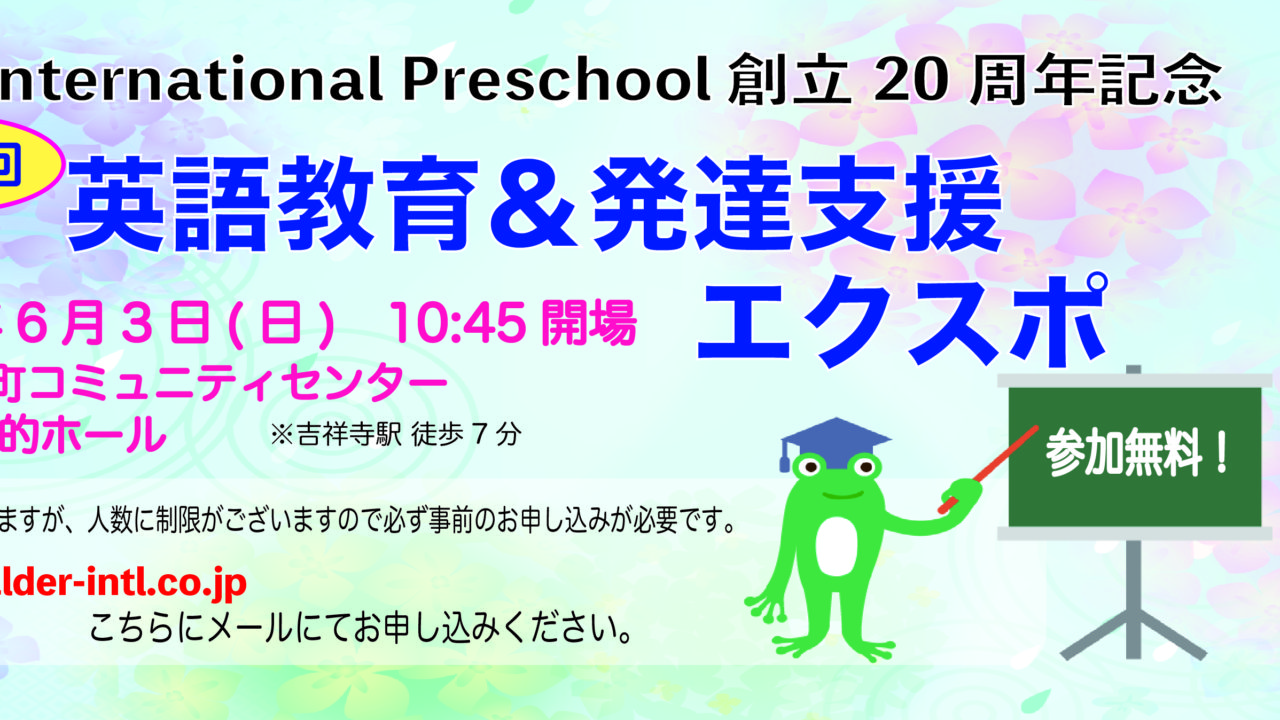At JUN we use a method called Jolly Phonics in our Kindergarten, Elementary and Private lesson programmes.
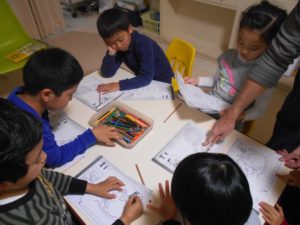
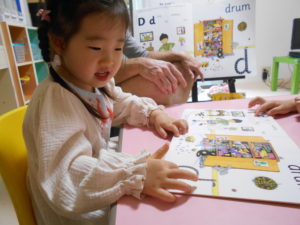
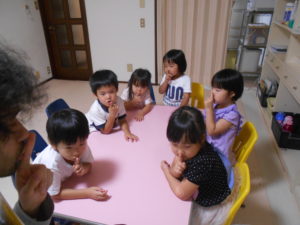
What is Jolly Phonics?
Jolly Phonics is a fun and child centered approach to teaching literacy through synthetic phonics. This means that the letter ‘sounds’ are taught first, on their own and children are then taught to blend sounds together to say (‘synthesize’) the word. It is a government approved teaching method which has been incorporated into the curriculum of more than 67% of Elementary Schools in England.
How does Jolly Phonics work?
The letter sounds are taught first in a specific order (not alphabetically). This enables children to begin building words as early as possible. Jolly Phonics teaches children the five key skills for reading and writing step by step enabling the teaching of essential grammar, spelling and punctuation skills.
The five basic skills for reading and writing taught in Jolly Phonics are:
- Learning the letter sounds.
- Learning letter formation.
- Blending.
- Identifying sounds in words.
- Spelling the tricky words.
For an in depth guide on Jolly Phonics, see here.
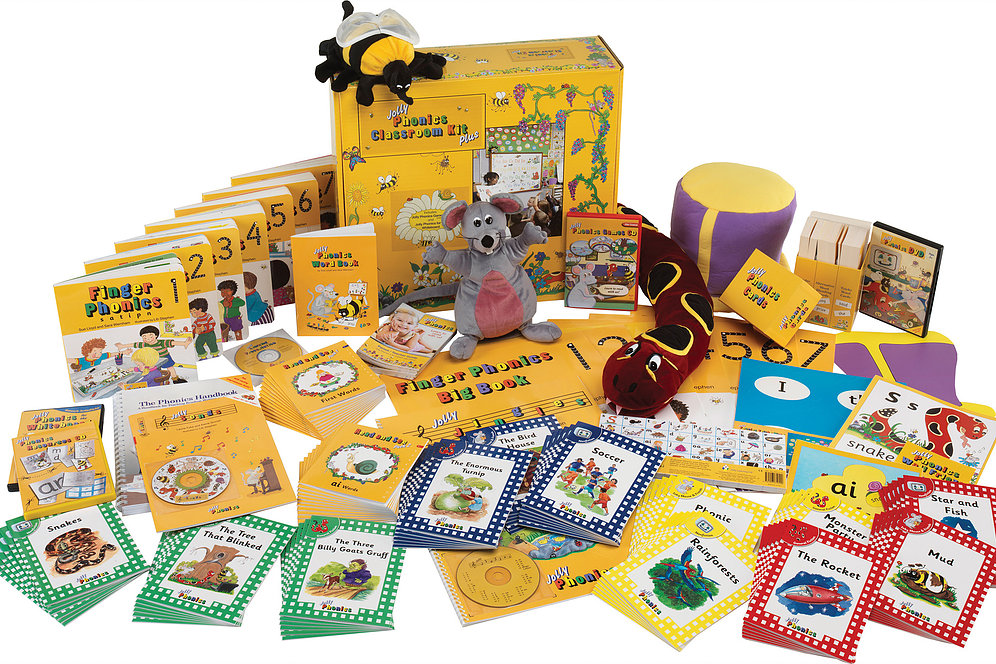
The 5 basic skills taught in Jolly Phonics
① Learning the letter sounds
Children are taught the 42 main letter sounds (this means the letters are pronounced based on their sound rather than their name). This includes alphabet sounds as well as digraphs such as sh, th, ai and ue. Each sound is paired with an action and song.

Every lesson we learn one new sound and review the sounds we previously learnt. This ensures that the children gets the time to develop a solid grasp on every sound taught.
② Learning letter formation
Using different multi-sensory methods, children learn how to form and write the letters. Using the Finger Phonics book, we can ‘feel’ the shape and stroke order of the letter as we learn how to write it. We practise holding a pencil properly and focus on learning lowercase characters.

③ Blending
Children are taught how to blend the sounds together to read and write new words. Once children become familiar with the sound of the letters and how they blend together, they will be even be able to read and write words that they haven’t yet learnt the meaning of.
<Afternoon Class>
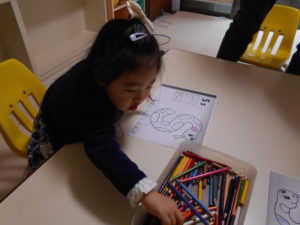
<Elementary Class>

Sometimes when the children are stuck on a word, it only takes an action or a picture to help reboot their memory. It’s great as children can rely on different senses to help them read.
④ Identifying the sounds in words (Segmenting)
Listening for the sounds in words gives children the best start for improving spelling. Children can break down a word into each individual sound, which can help them to spell and put the word back together again. By the time our students are in the elementary class they get very good at breaking down words and reassembling them.
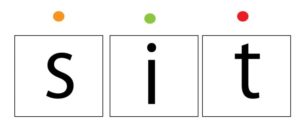
We have cards for each individual sound, students are able to use these to form their own words or to practise spelling!
⑤ Tricky words
Tricky words have irregular spellings and children learn these separately. After mastering the 42 sounds in the afternoon class and the first year of elementary class, students will start to learn the words which break the rules. We call these the tricky words.
